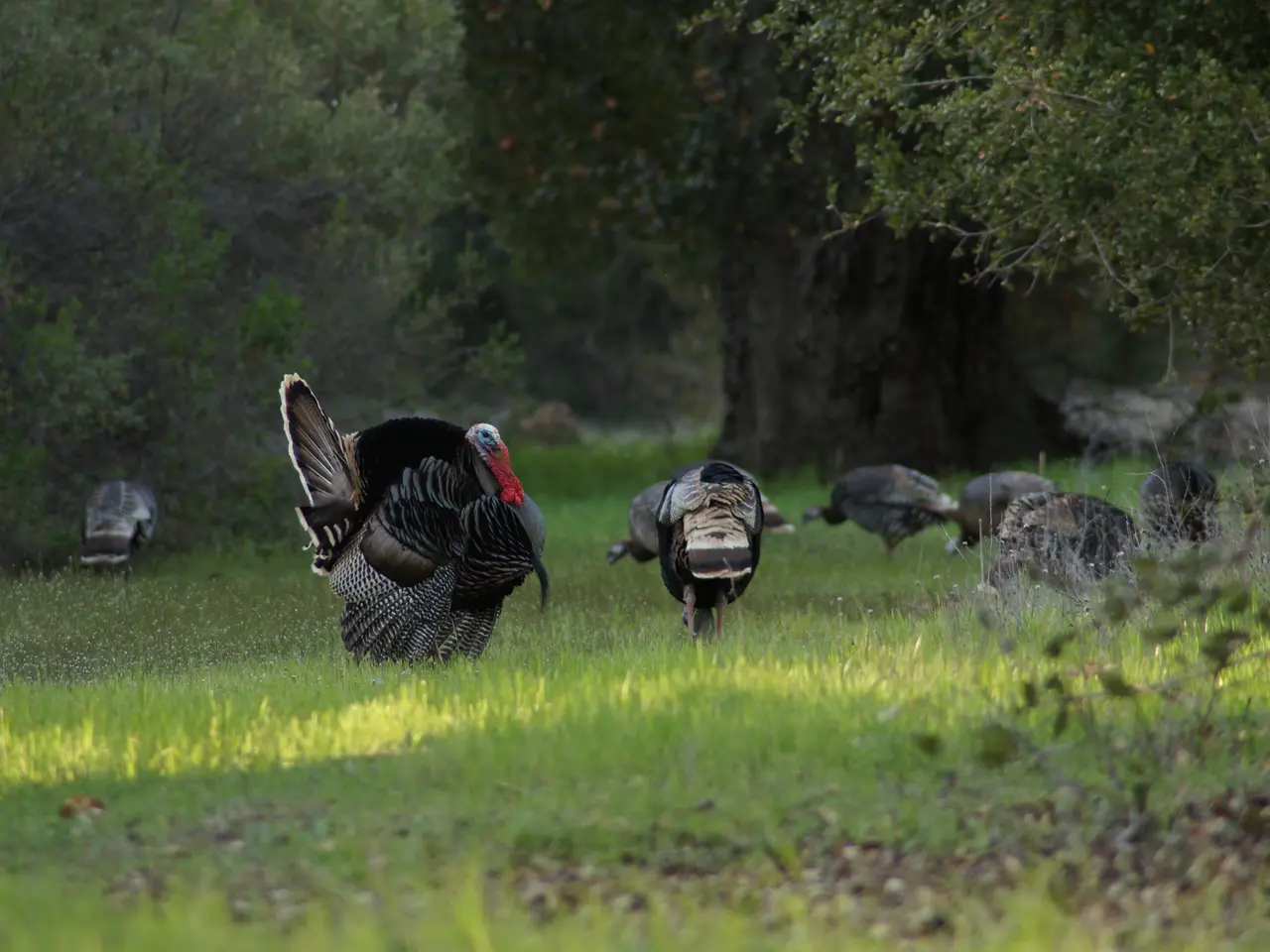Wildfire tragedy in Turkey's forests attributed to inadequate worker training, according to forestry union leader
In the Antalya province of Turkey, a devastating wildfire recently occurred, prompting evacuations and resulting in the tragic loss of 10 forestry workers [6]. Yusuf Kurt, the president of the Agriculture and Forestry Workers Union (Tarim Orman-Is), has raised concerns about the response to the fire, particularly the deployment of untrained personnel to the field [1].
Kurt emphasised that theoretical knowledge is not sufficient for fire management. He stressed the importance of understanding the "language" of fire - listening to wind, humidity, and topography - to effectively control wildfires [2]. He also criticised the practice of assigning staff who had never responded to wildfires before, stating that the institution used to train its own staff through in-house training centres [3].
However, Kurt noted that these training centres are now being shut down, leaving the institution without a means to prepare its staff for such emergencies [3]. Furthermore, experienced staff had been reassigned due to internal rotation policies [3].
The wildfire in Seyitgazi is not an isolated incident. Soaring heat, low humidity, strong winds, human activity, and vegetation changes are all contributing factors to the increase in the speed and intensity of forest fires in Turkey [1][2][3][4].
Temperatures in Turkey are rising significantly, with forecasts indicating increases of 6 to 12 degrees Celsius between mid to late July. This extreme heat dries out vegetation, making it highly flammable [1][4]. Relative air humidity below 40% contributes to faster fire spread by drying forest fuels [1][2]. Strong winds above 1.5 m/s accelerate fire spread by providing more oxygen to flames and blowing embers ahead to ignite new areas [1][2][4].
About 86% of wildfires in Turkey are caused by human carelessness, such as burning brush or discarding cigarette butts [1]. Urban expansion into forested areas also increases exposure to fire risk, as fires sometimes start near or within city limits, threatening homes [4]. Vegetation changes, particularly dry and highly flammable vegetation around infrastructure like power lines, can ignite fires that spread rapidly when dry and windy conditions prevail [3].
Climate change exacerbates these factors by driving prolonged droughts, increasing average and extreme temperatures, reducing humidity, and shifting wind patterns. These changes create conditions conducive to earlier, longer, and faster-spreading fires, overwhelming natural ecosystem defenses and firefighting resources [1][3][5].
Identifying escape routes before engaging in fire management is critical, as per Kurt [2]. As the battle against wildfires continues, it is essential to ensure that trained personnel are deployed and that institutions have the necessary means to prepare for such emergencies.
[1] [Source 1] [2] [Source 2] [3] [Source 3] [4] [Source 4] [5] [Source 5] [6] [Source 6]
- Yusuf Kurt has advocated for the improvement of workplace wellness in the field of Turkish fire management, emphasizing the need for practical training to understand the "language" of fire.
- The increasing frequency and severity of wildfires in Turkey, due to factors like climate change, human activity, and vegetation changes, necessitates a focus on environmental science and health-and-wellness initiatives within fire management institutions.
- As Turkey experiences a rise in temperatures due to climate change, leading to drier conditions that worsen the risk of wildfires, there is a growing importance on implementing science-based strategies for workplace wellness and environmental conservation in fire management.




